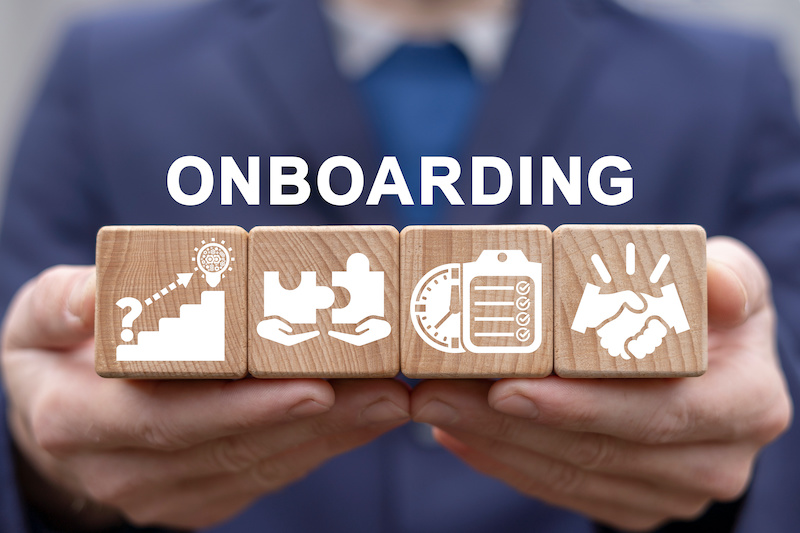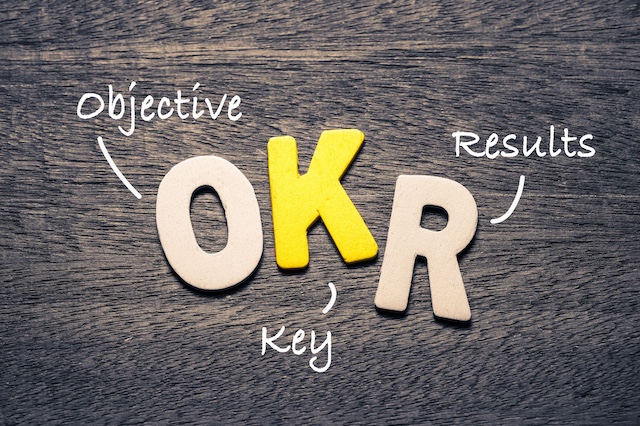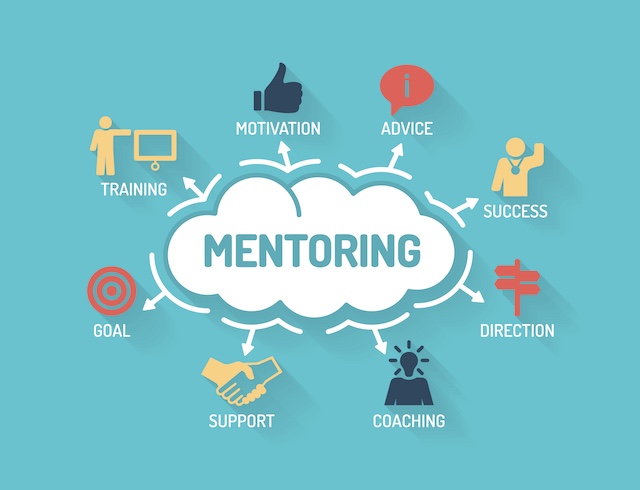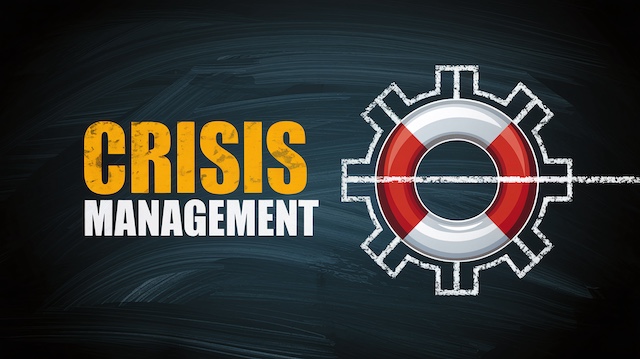The experience your employees have while onboarding is one they’ll take with them throughout their time with your company, which may be shorter if their experience is a negative one. If, however, they have a positive experience, it can inspire dedicated service to your organization for years to come.
In today’s employment market, where hiring isn’t quick and easy, you don’t want your efforts to be wasted over a poor onboarding experience. According to Gallup, about a third of new hires stay fewer than 90 days in a job. But a company with a strong onboarding program can experience 50% better retention and 50% better productivity than a company without one.
What creates an effective onboarding experience? Try these three tips.
Orientation vs. Onboarding: Know the Difference
When a new employee begins working at an organization, they are usually put through orientation. This involves paperwork, a tour of the office, introductions to team members, and getting them set up with a computer and phone, among other things. This process can take just one to three days. Onboarding is another matter and takes a minimum of three months and up to a year or more to integrate the employee into their role and the company. While most employees experience orientation, few believe their companies provide effective onboarding. And some said they had no onboarding at all.
Onboarding focuses on the relationships, processes, and expectations that will help the new hire be successful in their role as quickly as possible. It involves setting goals, aligning expectations, and increasing understanding and productivity. This can be achieved through regular check-ins, not just about work and tasks, but also about culture, the organization, and aspirations. Having a formalized process with marked milestones can help by setting expectations for management and creating an established part of the employee experience that will help new employees feel more comfortable knowing what is expected of them. Having the support of their managers can also help employees feel more confident in their new roles.
Support Managers as They Onboard Employees
The goal-setting, level-setting, and support for the new employee should come from the manager. New employees who feel supported by their managers have a better onboarding experience. However, not all managers have the bandwidth to get new employees set up in their new roles. In fact, in a 2017 CareerBuilder survey, 57% of those surveyed said this very issue prevented proper onboarding. Those in leadership positions in particular have little time to dedicate to helping direct reports adjust in their new roles.
Some managers are in their roles due to their job skills rather than management skills, and may lack the necessary skills to coach employees. In fact, an INTOO/Harris Poll survey found that only about 1 in 5 employed Americans think their manager is skilled at providing career development guidance. These individuals may benefit from management training, through career development coursework, workshops, or career coaching. This training can help managers develop interpersonal, motivational, and mentoring skills that will enhance their abilities to guide their employees through onboarding and beyond.
Managers may also need to offload some of their work in order to have free time to learn new management skills or guide their employees. The new hire’s team members can also play important roles in the onboarding process by offering peer mentorship and acting as “buddies” for the onboarding period through shadowing and by offering insight into the company. But remember, a buddy system won’t likely provide the comprehensive onboarding experience employees need, so be sure to use this strategy as a supplement to others.
Provide Ongoing Support to New Employees
As mentioned above, onboarding doesn’t stop right after a new hire meets their teammates. It’s a process that requires aligning expectations, setting milestones, and providing ongoing support for initial and continued success.
Because onboarding lasts for a minimum of three months and can extend for over a year, having someone to consistently help guide the employee along the way can help make this process successful. Traditionally, this role would be played by the manager. However, as mentioned previously, managers often do not have the bandwidth or ability to continually coach their employees beyond a weekly check-in. In cases like these, mentors or even external coaches who are embedded in the organizational culture can help bridge the gap and ensure the employee is meeting goals and has the support they need to meet expectations. Some coaching programs will coordinate with the milestones set by the organization for the individual employee to ensure progress in their development and integration with the company.
In Summary
Onboarding is an important part of the employee experience, as it creates the most enduring impressions for your new employees and sets their expectations for what they can expect from the organization going forward. Creating a supportive onboarding process for your company—and routinizing it—is a worthwhile exercise that will pay off through increased morale, productivity, and retention, while improving your employer brand. INTOO’s coaches help employees in every stage of their career develop strategies to meet their goals, while employers reap the benefits of increased engagement, productivity, and retention. Learn more about how our career development programs can benefit your company.
Robyn Kern is a seasoned business writer who has written in the HR, education, technology, and nonprofit spaces. She writes about topics including outplacement, layoffs, career development, internal mobility, candidate experience, succession planning, talent acquisition, and more, with the goal of surfacing workforce trends and educating the HR community on these key topics. Her work has been featured on hrforhr.org and trainingindustry.com.











